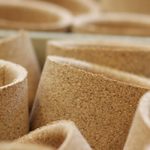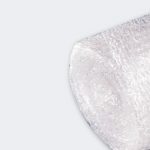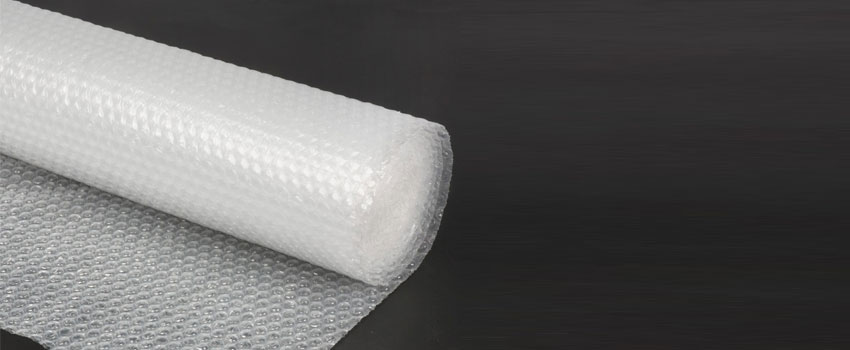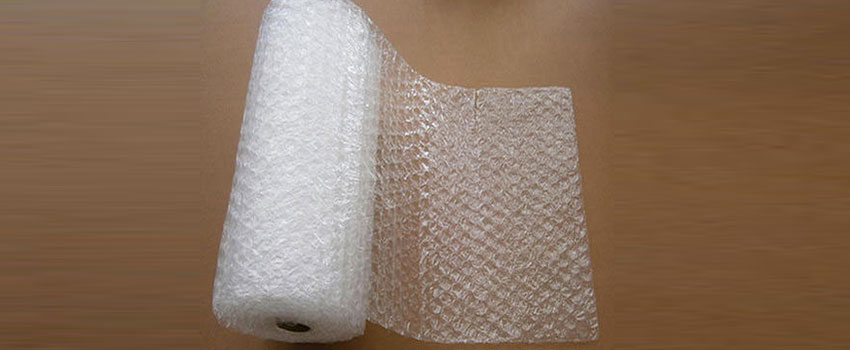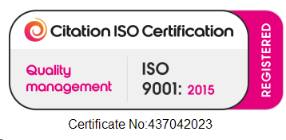Bubble wrap are widely used in the packaging industry, and highly sought after by people who own a business, as they consider it to be safeguarding their products amidst rough handling when they are stored in warehouses and during transportation.
Though bubble wrap is a good packing material, providing a cushioning effect to protect the item inside from abrasion and damage, it can also be used in several other ways. It has good insulating properties as well.
But if you are wondering, What is a bubble wrap? Why is it a suitable packaging material? And why bubble wraps can be called a good insulator? Is bubble wrap a better insulator than paper? Keep reading this article to get to know the answers in detail.
What Is Bubble Wrap?
Bubble wrap is made of two plastic films joined together with air bubbles locked inside it; therefore, it provides a cushioning effect to the product when it is pushed, pulled or broken. And so it is also known as cushion wrap.
Properties Of Bubble Wrap
- When wound around fragile items, it serves as a protective layer, and thus it allows the product to reach the consumer safe and sound.
- It is available in two forms, small bubbles and big bubbles. Although small bubble wraps are widely used, big bubble wraps offer more protection.
- Bubble wraps cater to different needs, as they are available in many configurations. There are anti-static bubble wraps which have a special coating to help avoid tribocharging when items like wire are stored in it.
- When you buy large rolls of bubble wraps in bulk, you may be worried about cutting the sheets according to your needs. But the best part of it is that these large rolls are perforated every 12 inches to facilitate usage. And so you wouldn’t need a scissor and measuring tape whenever you use them.
What Is An Insulator?
According to science, creating a barrier between hot and cold objects to reduce heat transfer is known as insulation. And the act of separating a body from others by nonconductors, to prevent the transfer of electricity, heat or sound is also known as insulation. Any variety of materials designed to reduce the flow of heat, either from or into a building is called insulators.
Is Bubble Wrap A Good Insulator?
- Air is a good insulator, and as bubble wrap is nothing but air bubbles trapped inside plastic sheets, it serves as a good insulator. The air in a confined space tends to resist temperature changes. As the air molecules inside move around it, it makes the transfer of heat between molecules complicated, therefore the sir changes the temperature very slowly, and hence retains heat acting as an insulator.
- Bubble wrap will increase the resistance to heat flow by a factor of one.
- As bubble wrap has air and also an added benefit of cavity wall insulation, it is an excellent barrier to heat loss.
- Bubble wrap, if used as an insulator, is comparatively cheaper than many other traditional insulators.
- Bubble wraps are easy to use.
- Unlike other insulators it is reusable. So you can keep using these as insulators for a countless number of times, as long as it remains in good shape and form.
- If you are planning to insulate your house with bubble wraps it only takes five minutes to do so you need not spend too many hours of your precious time.
- Homes with single-glazed windows can be insulated using bubble wraps. Although windows provide us with the needed light, air and warmth, it is the way through which your house would lose its heat during winters. So if you apply bubble wrap material on the inside of your windowpane, it is a very cost-efficient way to trap heat inside your house.
- Bubble wraps reduce 50% of heat loss.
- Installing bubble wraps on windows are super comfortable. Because all you have to do is to spray water on the surface and place the bubble paper on it and it sticks instantly and does not come off and stays on it for several years. If you want to remove it and save it for the next year you can do it with ease. And the wow factor is, it does not leave stains or any residue on the glass.
- If you use bubble wraps with bigger bubbles, it would significantly reduce the loss of heat as less space between air bubbles will increase its performance.
- Bubble wraps serve as a good insulator because of its design which has small air pockets.
- Because the base material for bubble wraps are plastic, it heats up quickly, and so bubble wraps serve as good insulators.
- Bubble wraps are also best suited for greenhouses. It traps the heat inside even in winters and thus allowing the plants in it to grow rapidly.
Is Paper A Good Insulator?
- Thermal conductivity of a material determines whether it is a good insulator. Thermal conductivity is measured in watts per meter kelvin, and it is nothing but the measure of how easily heat passes through a given material. So the thermal conductivity of paper is 0.05 watts per meter kelvin.
- As the thermal conductivity of paper is low, we can conclude that paper is a good insulator.
- Paper reduces the convection, conduction and radiation of heat and therefore it is a good insulator of heat.
Is Bubble Wrap A Good Insulator Than Paper?
Well, the direct answer is, YES! Bubble wrap is a good insulator than paper. Let us see the reasons now:-
- Air is an excellent insulator. And as bubble wraps contain a network of tiny air bubbles, it insulates better than paper.
- The thermal conductivity determines the best insulator. The lower the thermal conductivity, the higher is the insulation properties. As we have seen, the thermal conductivity of paper is 0.05 watts per kelvin, whereas the thermal conductivity of a bubble wrap sheet is 0.027 watts per kelvin. This fact, no doubt proves that a bubble wrap is a better insulator than paper.


